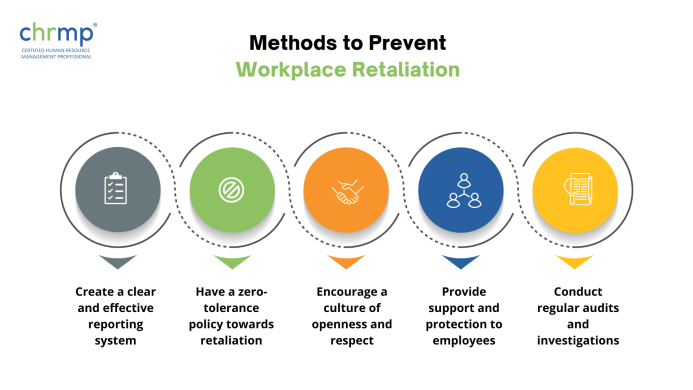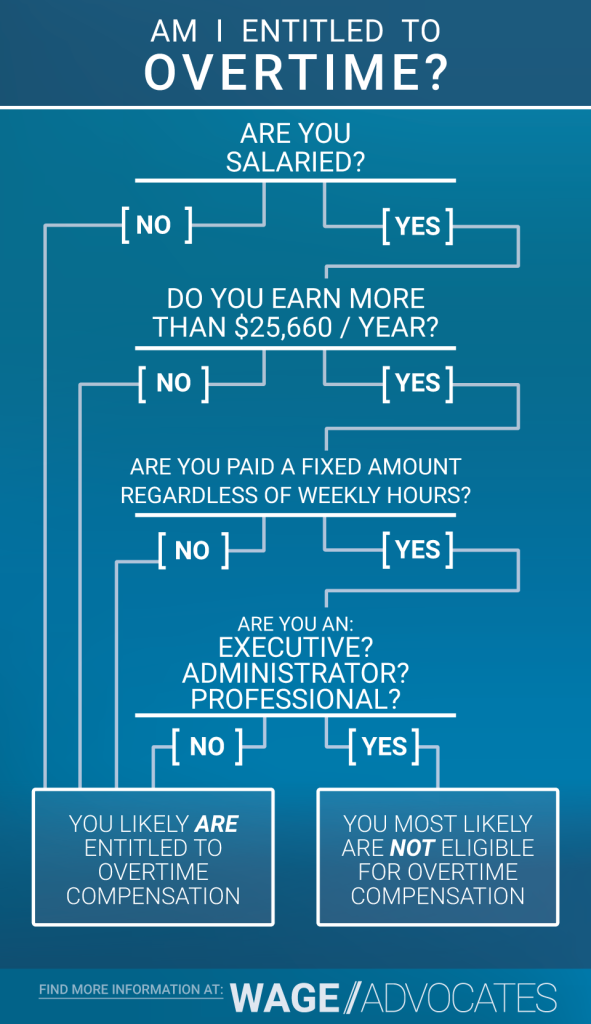
Overcoming Bias in the Hiring Process: A Beginner’s Guide to Fair and Inclusive Recruitment
In today’s competitive world, every organization wants to hire the best talent. But what if hidden biases are getting in the way? Bias in the hiring process can lead to missed opportunities, a less diverse workforce, and ultimately, a less innovative and successful company.
This article is your easy-to-understand guide to spotting and overcoming bias in the hiring process. Whether you’re a small business owner, an HR professional, or a hiring manager, learning to build a fairer, more inclusive recruitment strategy will unlock a world of talent you might otherwise overlook.
What Exactly Is Bias in Hiring?
Simply put, bias in hiring refers to unconscious or conscious preferences that can unfairly influence who gets hired. It’s not always intentional; often, these are "unconscious biases" – mental shortcuts our brains take to process information quickly. While these shortcuts can be useful in daily life, they can be problematic when evaluating candidates.
Think of it like this: your brain has an "autopilot" mode. Sometimes, this autopilot relies on stereotypes or past experiences, leading to judgments that aren’t based on a candidate’s actual skills or potential.
Common Types of Bias in Hiring:
- Affinity Bias: Preferring candidates who are similar to you (e.g., same university, hobbies, background). "They remind me of myself!"
- Confirmation Bias: Looking for information that confirms your existing beliefs about a candidate and ignoring evidence that contradicts them. If you like someone, you’ll seek reasons to hire them.
- Halo Effect: When one positive trait (e.g., charming personality, impressive past employer) overshadows all other characteristics, making you view everything about the candidate positively.
- Horn Effect: The opposite of the halo effect. One negative trait (e.g., a minor typo on a resume, a perceived lack of eye contact) causes you to view everything about the candidate negatively.
- Anchoring Bias: Relying too heavily on the first piece of information you receive about a candidate (e.g., their GPA, their first answer in an interview) and letting it "anchor" your entire perception.
- Unconscious Stereotyping: Making assumptions about a candidate based on their age, gender, race, name, accent, or appearance, rather than their qualifications.
Why Does Overcoming Bias Matter So Much?
Beyond being the right thing to do, creating a fair hiring process offers significant benefits:
- Access to a Wider Talent Pool: When you remove biases, you open your doors to a more diverse range of candidates, dramatically increasing your chances of finding the absolute best person for the job, regardless of their background.
- Increased Innovation and Problem-Solving: Diverse teams bring different perspectives, experiences, and ideas to the table. This leads to more creative solutions, better decision-making, and increased innovation.
- Enhanced Company Culture: An inclusive hiring process fosters a culture where everyone feels valued and respected. This boosts morale, engagement, and employee retention.
- Improved Company Reputation: Organizations known for fair and inclusive hiring practices attract top talent and are seen more positively by customers and the public.
- Better Financial Performance: Studies consistently show that companies with more diverse teams often outperform their less diverse counterparts financially.
- Legal Compliance: Many biases are protected characteristics under anti-discrimination laws. Fair hiring helps ensure you comply with legal requirements.
Practical Steps to Overcome Bias in the Hiring Process
Overcoming bias isn’t about eliminating it entirely – that’s nearly impossible. It’s about recognizing its existence and implementing strategies to minimize its impact. Here’s how to do it at every stage:
Stage 1: Crafting the Job Description and Advertising
The journey to fair hiring starts even before you see a single resume.
- The Problem: Job descriptions can unintentionally use biased language that discourages certain groups from applying. For example, using "ninja" or "rockstar" might appeal more to one demographic, while excessive use of masculine-coded words (e.g., "dominant," "assertive," "leader") can deter women.
- How to Overcome Bias:
- Use Gender-Neutral Language: Replace gender-specific terms (e.g., "salesman," "foreman") with neutral alternatives (e.g., "salesperson," "supervisor").
- Employ Bias-Detecting Tools: Use online tools (like Textio, Gender Decoder, or Ongig) that analyze your job descriptions for biased language and suggest neutral alternatives.
- Focus on Skills and Responsibilities: Clearly list the essential skills and responsibilities required for the role, rather than relying on vague personality traits. Distinguish between "must-haves" and "nice-to-haves."
- Promote Inclusivity: Include a statement encouraging applications from all qualified individuals, regardless of background, race, gender, sexual orientation, disability, etc.
- Broaden Advertising Channels: Don’t just post on one job board. Use diverse platforms, community groups, and professional organizations to reach a wider, more diverse audience.
Stage 2: Sourcing and Screening Candidates
This is where you first interact with applications, and initial impressions can be heavily influenced by bias.
- The Problem: Names, educational institutions, and even hobbies listed on a resume can trigger unconscious biases, leading to some applications being unfairly favored or dismissed.
- How to Overcome Bias:
- Implement "Blind" Resume Reviews (or Partially Blind): Remove identifying information like names, addresses, photos, graduation years, and even university names before initial screening. Focus purely on qualifications and experience.
- Standardize Screening Questions: Use a consistent set of initial screening questions (e.g., specific experience with a software, availability for travel). This ensures all candidates are evaluated on the same criteria.
- Define Clear Screening Criteria: Before reviewing applications, create a clear checklist of non-negotiable requirements and desired qualifications. Score candidates against these criteria consistently.
- Use Skills-Based Assessments: Instead of just reviewing resumes, consider short, objective skills tests or work samples relevant to the job. This directly measures ability, not background.
- Limit "Culture Fit" at this Stage: While culture is important, "culture fit" can easily become "affinity bias." Focus on "culture add" – how a candidate can enhance and diversify your existing culture.
Stage 3: The Interview Process
Interviews are highly susceptible to bias because they involve direct human interaction.
- The Problem: Interviewers might talk more to candidates they feel a connection with, ask different questions, or interpret answers through a biased lens. The "halo effect" or "horn effect" can heavily influence perceptions.
- How to Overcome Bias:
- Conduct Structured Interviews: This is one of the most powerful tools.
- Use the Same Questions: Ask every candidate the exact same set of predetermined questions in the same order.
- Define Success Criteria: Before the interview, decide what a "good" answer looks like for each question and how you will score it.
- Behavioral Questions: Focus on past behavior as an indicator of future performance (e.g., "Tell me about a time you faced a difficult challenge and how you overcame it.").
- Standardized Scoring: Create a rubric or scorecard to evaluate each candidate’s answers objectively against the predefined success criteria. Avoid relying on "gut feelings."
- Diverse Interview Panels: Include a diverse group of interviewers (in terms of gender, race, department, seniority). This helps balance out individual biases and offers multiple perspectives.
- Train Your Interviewers: Provide training on unconscious bias and how to conduct fair, structured interviews. Explain the different types of biases and how they can affect decisions.
- Take Detailed Notes: Jot down specific examples and quotes from candidates’ answers during the interview. Avoid vague impressions or judgments. These notes help justify your evaluation later.
- Delay Resume Review: If possible, have interviewers review resumes after the initial conversation to avoid early anchoring bias.
- Conduct Structured Interviews: This is one of the most powerful tools.
Stage 4: Decision Making and Offer
The final stage is where all the previous evaluations come together.
- The Problem: A single decision-maker’s bias can overrule all objective data. "Gut feelings" can easily masquerade as valid reasons to hire or reject.
- How to Overcome Bias:
- Collective Decision-Making: Involve the entire interview panel in the final decision. Discuss candidates openly, referring back to objective notes and scores.
- Focus on Objective Data: Emphasize the structured interview scores, skills assessment results, and relevant work experience over subjective impressions.
- Challenge Assumptions: Encourage the team to question their own and each other’s assumptions about candidates. Ask: "What evidence supports that claim?"
- Establish Clear Hiring Criteria: Revisit the initial job requirements and desired qualifications. Does the chosen candidate truly meet these, and better than others, based on the evidence?
- Justify Decisions: Be able to clearly articulate why a candidate was chosen over others, using specific examples and data from the interview process.
Ongoing Strategies for a Bias-Aware Culture
Overcoming bias isn’t a one-time fix; it’s an ongoing commitment.
- Regular Bias Training: Provide periodic training for all employees involved in hiring, not just once but regularly, to reinforce awareness and best practices.
- Track and Analyze Data: Monitor your hiring funnel. Are certain demographics dropping out at specific stages? Are you attracting a diverse applicant pool? Data can reveal hidden biases.
- Solicit Feedback: Encourage candidates (especially those not hired) to provide anonymous feedback on their experience. This can reveal areas for improvement.
- Leadership Buy-In: Ensure that company leaders are visibly committed to diversity, equity, and inclusion (DEI). Their support is crucial for driving change.
- Continuous Improvement: Review your hiring process regularly. What worked? What didn’t? How can you make it even fairer and more effective?
Conclusion: Building a Fairer Future
Overcoming bias in the hiring process is a journey, not a destination. It requires conscious effort, consistent application of strategies, and a genuine commitment to fairness and inclusion. By adopting the practical steps outlined above, you can build a more robust, ethical, and effective recruitment strategy.
Remember, every step you take to reduce bias not only benefits individual candidates but also strengthens your organization, fosters innovation, and helps create a workplace where everyone has the opportunity to thrive. Start small, learn along the way, and watch your talent pool, and your business, flourish.




Post Comment